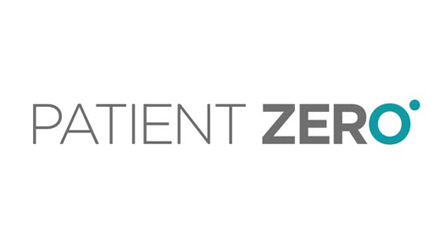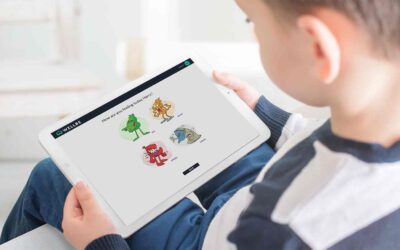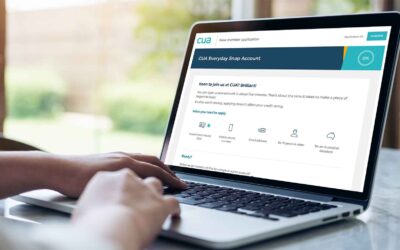
Project Brief
The client was a centralized IT department supporting a private network of 142 schools, which included 11,500 employees and 75,000 students. Traditionally, the IT department developed custom technology solutions to meet their network’s unique and significant needs, as off-the-shelf technologies proved inadequate.
Patient Zero, a software engineering consultancy, was engaged to further enhance the internal digital platform. Patient Zero aimed to ensure the platform met critical operational needs while promoting collaboration, driving user adoption, and improving student well-being across the network.
Project Summary
ROLE | Product Owner
PROJECT | Internal Web Application for schools
DURATION | 2 years
RESPONSIBILITIES | Stakeholder management, Backlog management, Feature development, Quality Assurance
STAKEHOLDERS | IT Department Leaders and School Administration.
TARGET USERS | School Administrators, School Leadership, Educators, Specialist Educators, Student Welfare teams.
TOOLKIT | Sketch, FIGMA, Confluence, Sharepoint, MIRO, Azure DevOps, Mentimeter
Key Deliverables During Tenure
1. Incident and Behaviour Records: A centralised digital repository for recording and managing student incidents and behaviours, enabling pattern analysis and improved decision-making.
2. Student Protection: Secure, easily accessible features to support student protection initiatives, ensuring authorised personnel have access to relevant information.
3. Team Spaces for Specialist Workers: Initial planning for dedicated spaces for guidance counsellors, speech pathologists, and other specialist workers to manage information within a central digital record, enhancing team collaboration and efficiency.
Challenges and Solutions
By blending Agile flexibility into a transitioning Agile/Waterfall environment, this project showcased how clarity, adaptability, and stakeholder management overcame project challenges for a highly complex system to accelerate value delivery, enhance efficiency, and elevate product quality—ultimately capitalising on the strengths of both methodologies and delivering tangible value to users and stakeholders alike.




